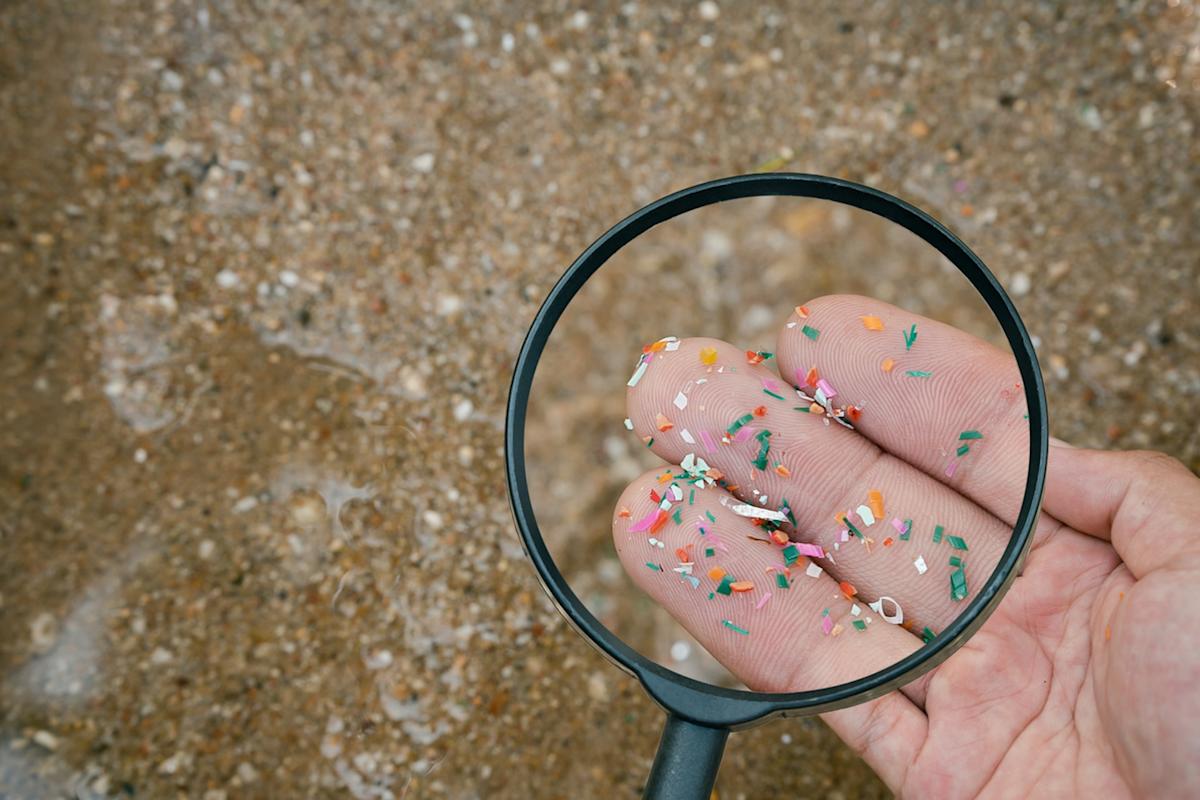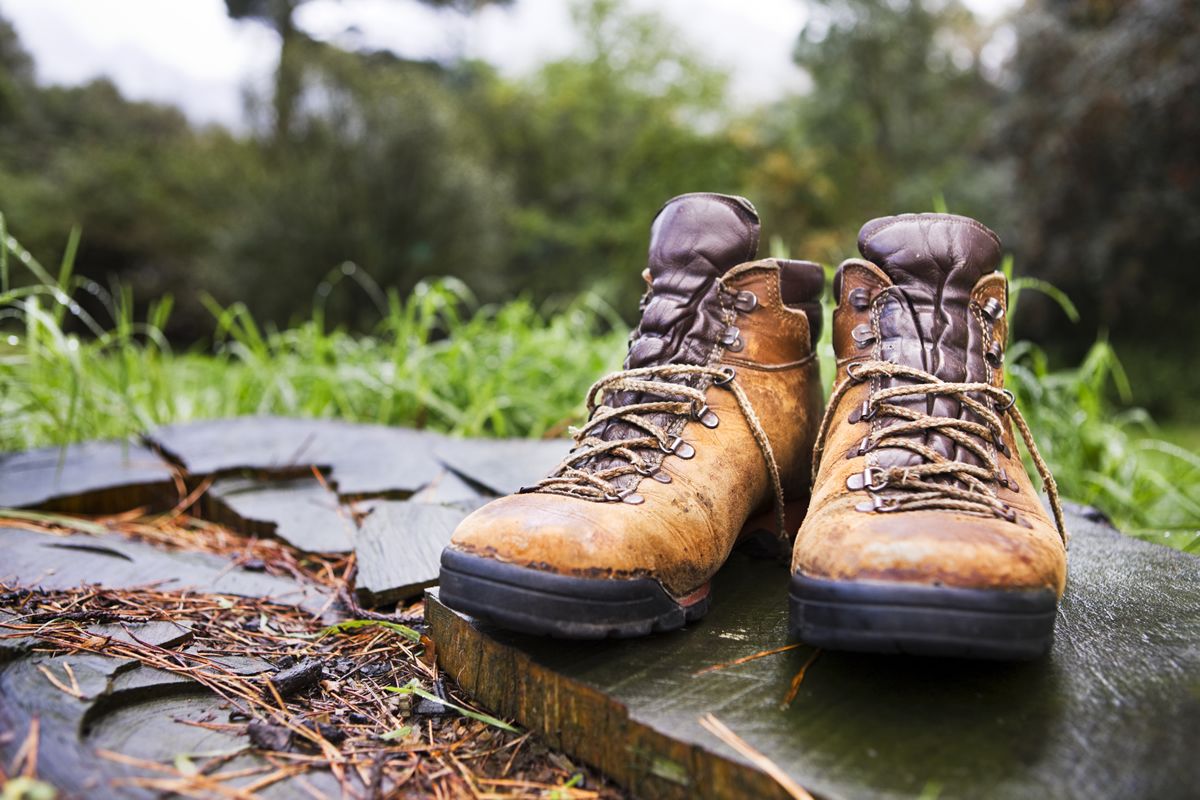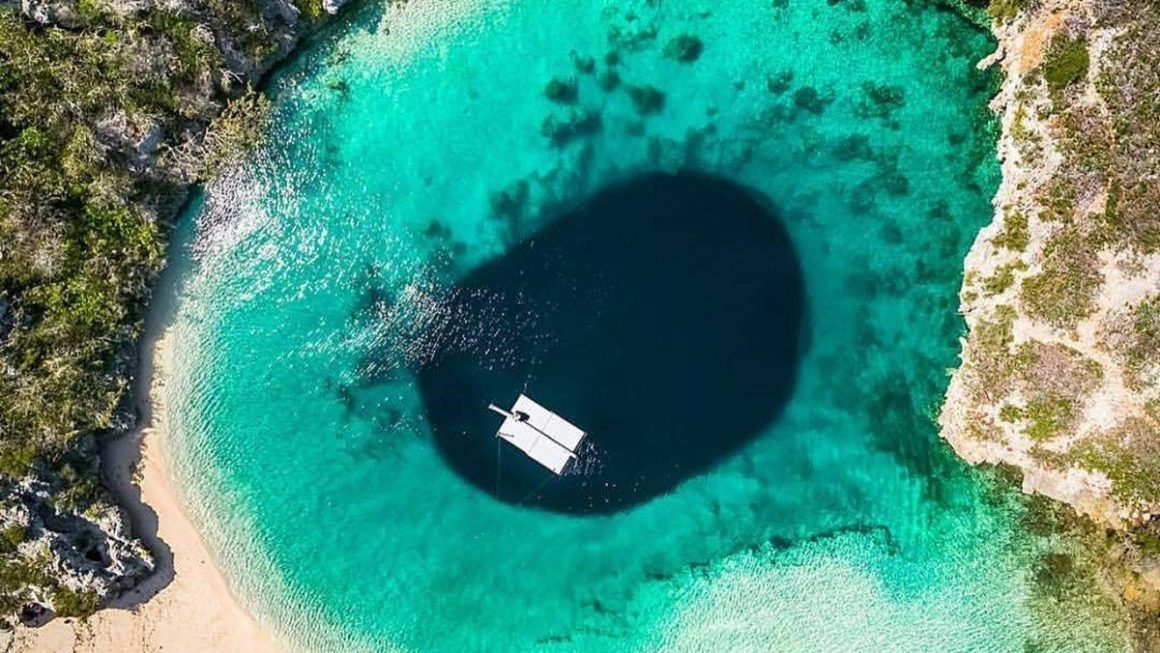Lovers of the great outdoors and ecology thought they were engaging in a perfectly clean activity, but that’s not quite the case.
To fully respect nature, should we start hiking barefoot and without equipment? That’s not quite what the results of a scientific study reported by The Guardian suggest, but we could end up reaching such conclusions. The British media outlet explains that hiking boots and outdoor equipment are a significant source of microplastic pollution, as shown by the work of two American researchers.
They based their research on measuring microplastic levels in two of the most important water sources of the Hudson River in the north-east of the United States: Lake Tear of the Clouds, which is heavily frequented by hikers, and Moss Pond, which is much more protected from human activity as it is located far from any hiking trails. The results are unequivocal. Samples taken from the first lake contain 23 times more microplastics than those from the second: 16.54 particles per millilitre of water in Tear of Clouds Lake, compared to 0.73 in Moss Pond.
Subscribe to Slate’s free newsletter! Articles are selected for you, based on your interests, and delivered to your inbox every day.
Microplastics : hard soles and natural fibres
For Tim Keyes, co-author of the study, hiking shoes with soft soles and synthetic clothing ‘appear to contribute significantly to the presence of microplastics in these isolated and otherwise pristine waters’.
In 2023, he had already taken microplastic samples from Lake Tear of the Clouds, located at an altitude of around 1,300 metres in New York State: these had already revealed significant levels of microplastic particles. But at the time, ‘it was assumed that microplastic pollution there was mainly brought in by atmospheric deposition,’ he writes with his co-author Joe Dadey.

Two years later, the two men returned to the site with the aim of confirming or refuting their hypothesis. In addition to new measurements in Tear of the Clouds, samples were taken from Moss Pond, located at a similar altitude, which allowed for insightful comparisons. The research methodology was validated by other scientists who did not take part in the work.
Previous research had revealed that up to 70% of the microplastics in ocean samples came from clothing. This only reinforces the hypothesis that hiking equipment, and in particular the footwear favoured by visitors to the area, is one of the main causes of the pollution observed. As a result, it is advisable to wear footwear with hard rubber soles and to wear natural fibre clothing over synthetic fibre clothing.




